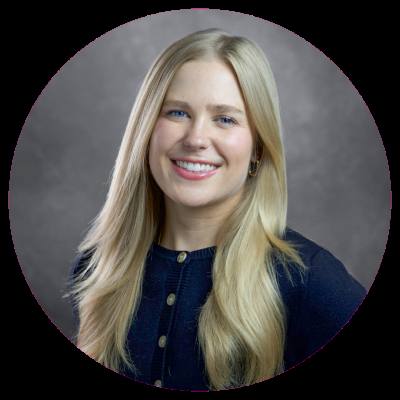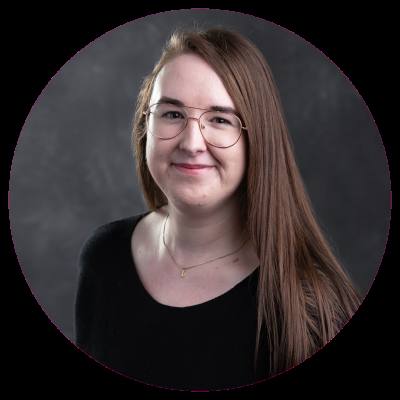Over the last decade, the number of students with autism spectrum disorder enrolled at Tomball and Magnolia ISDs increased by 236% and 192%, respectively. During that same time frame, total enrollment increased 62% in TISD and 15% in MISD, per the Texas Education Agency.
What’s happening?
TISD officials attributed the increase to improved identification methods, increased overall enrollment and a broadened definition of “educational need” following the removal of a state cap on special education enrollment in 2017.
“We don’t see [the] increase as a negative,” Chief Academic Officer Michael Webb said. “We have more kids that need services, and we provide those services.”
MISD also attributed its increase to overall growth.
“This year alone, we have grown by over 4%. This trend is projected to continue, and we see the growth in other programs within the district,” MISD Chief Communications Officer Denise Meyers said in an email.
Since 2015, the number of children with autism enrolled at:
- TISD and MISD rose 236% and 192%, respectively
- Public school districts in Region 4 spiked 167%
- Public school districts in Region 6 increased 193%
- Public school districts statewide grew 164%
“Clinics have waitlists,” Beckham said. “We have a waitlist, ... but we’re not equipped yet to be able to handle them all.”
Note: The map below is not comprehensive.
Diving in deeper
Symptoms of autism vary in severity and can include delayed communication, per the U.S. Centers for Disease Control and Prevention.
Autism House owner Jessica Cordova said a diagnosis is needed for insurance coverage, which can be time-consuming.
“Someone shouldn’t even say we have a two-year waitlist,” Cordova said.
Medical providers can treat autism symptoms through behavioral therapy, developmental therapy and classroom programs, among other methods, per the CDC.
Many local centers offer Applied Behavior Analysis therapy, Cordova said. Integrating communication is also important.
“If your communication needs are met, ... then the behavior will go down,” Cordova said.
The symptoms of autism spectrum disorder can be treated through a variety of methods, including:
- Behavioral
- Developmental
- Educational
- Social-relational
- Pharmacological
- Psychological
- Complementary and alternative
ABA therapy, specifically Discrete Trial Training—which targets behavior changes using rewards and punishments—has garnered criticism about the method’s strictness, per a 2012 study published on the National Library of Medicine’s website.
Cordova said she understands concerns about ABA therapy.
“At the same time, I’ve also seen it change so many lives that it’s hard to think about it negatively,” Cordova said. “I do think that we’re doing it differently. We’re trying to bring play into it so much more than I was taught 20 years ago.”
At Autism House, children can work on their therapies while engaging in activities such as baking or playing outside.
What else?
Local providers said as children with autism age, the amount of resources available diminishes.
“There are not a lot of people that really know how to do adult services, because nobody really pivoted to the adult space,” said Kelly Baughman, executive director and cofounder of Project Beacon, a nonprofit aimed at improving the quality of life for people with neurodiversities.
Lone Star College-Tomball’s lifePATH program helps neurodiverse students over the age of 18 develop independence, social skills, take classes and learn about career options.
“A lot of times I’ll describe our program as a longer runway,” LSC-Tomball lifePATH Director Anne Ginnett said.
Meanwhile, TISD has PALS, or Practical Application of Life Skills, which helps to prepare students for life post-high school, and the LIFE18 program, which supports adult students with disabilities.
“Autism doesn’t go away. What we hope is that it becomes less of a functional need,” Webb said.Before you go
Elizabeth Goldsmith—the founder and executive director of nonprofit Thrive With Autism—said the nonprofit’s charter school, the Thrive Center for Success, will serve 180 students between kindergarten and eighth grade next year, as a grade level is added each year. There are over 300 students on the school’s waitlist.
The school is also underway with an expansion to add 14 new classrooms, a gym and a career pathways lab to the campus, Goldsmith said. Success on the Spectrum Magnolia is also hoping to expand in 2026, Beckham said.
“We want these kids to be the best version of themselves,” Cordova said. “We want them to still be them, but to just go out into the world with communication tools.”






